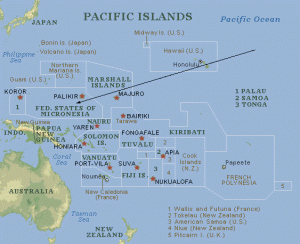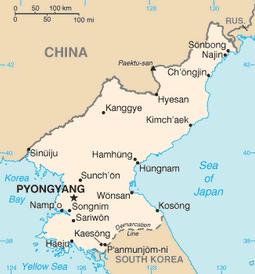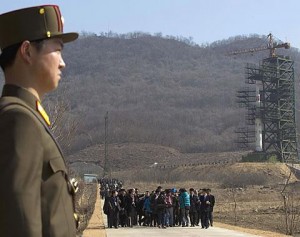SWLing Post reader, Chris Johnson, recently sent me a message confessing his love of travel combined with shortwave radio listening. When he told me about his enviable plans to travel to the tiny islands of Truk Lagoon in the Federated States of Micronesia–and to record some of the broadcasts he heard–I asked if he would allow me to share his recordings on the Post. Fortunately for us, he agreed!
Below are two of his recordings, the first from the Voice of Mongolia, the second from the Voice of Korea. Both happen to be very difficult stations to catch here in eastern North America. His comments follow each recording:
Voice of Mongolia Shortwave Broadcast to Asia and Europe. Using a Sony ICF-SW7600G with a whip antenna. Recorded on 29 January 2013 at 1030z on 12085 khz from the Blue Lagoon Resort, Truk Lagoon, Federated States of Micronesia. The broadcast interval signal begins at 1:35
Voice of Korea; Recorded on a Sony ICF-SW7600G using a whip antenna. 7 February 2013 on 15100 khz at 0500z Location; Puka Beach, Boracay Island, Philippines. The program was scheduled for 60 minutes but due to the frequent power outages in the DPRK, the program ceased at approximately 52 minutes.
Thanks, Chris!





